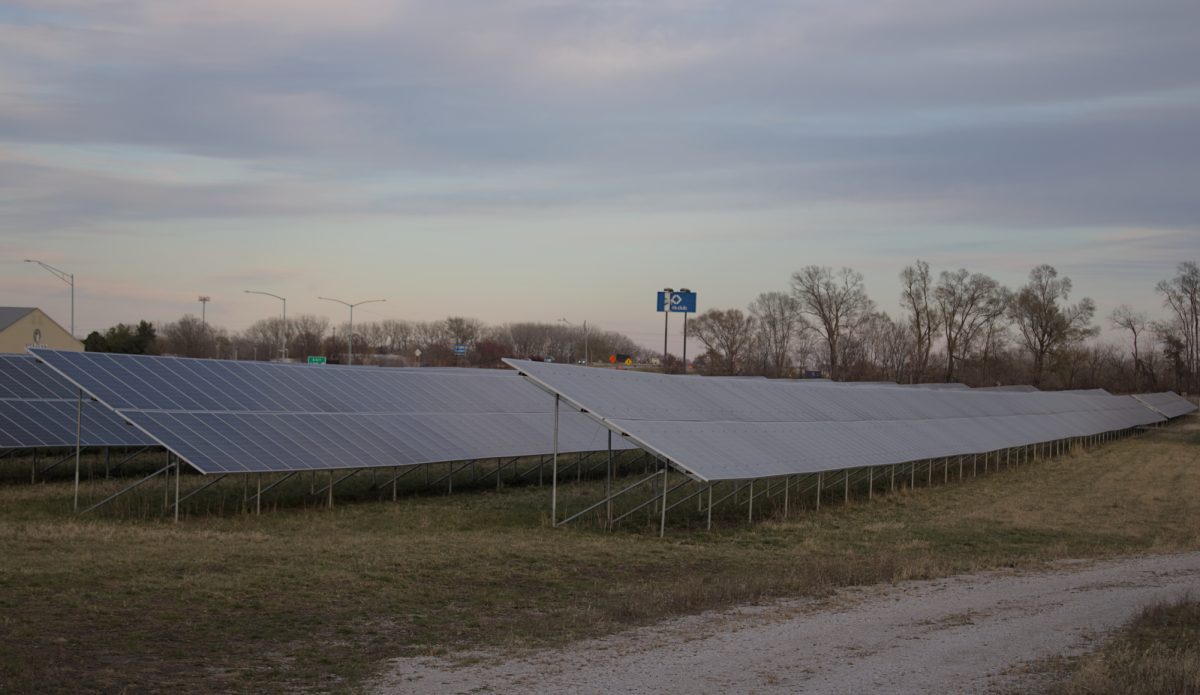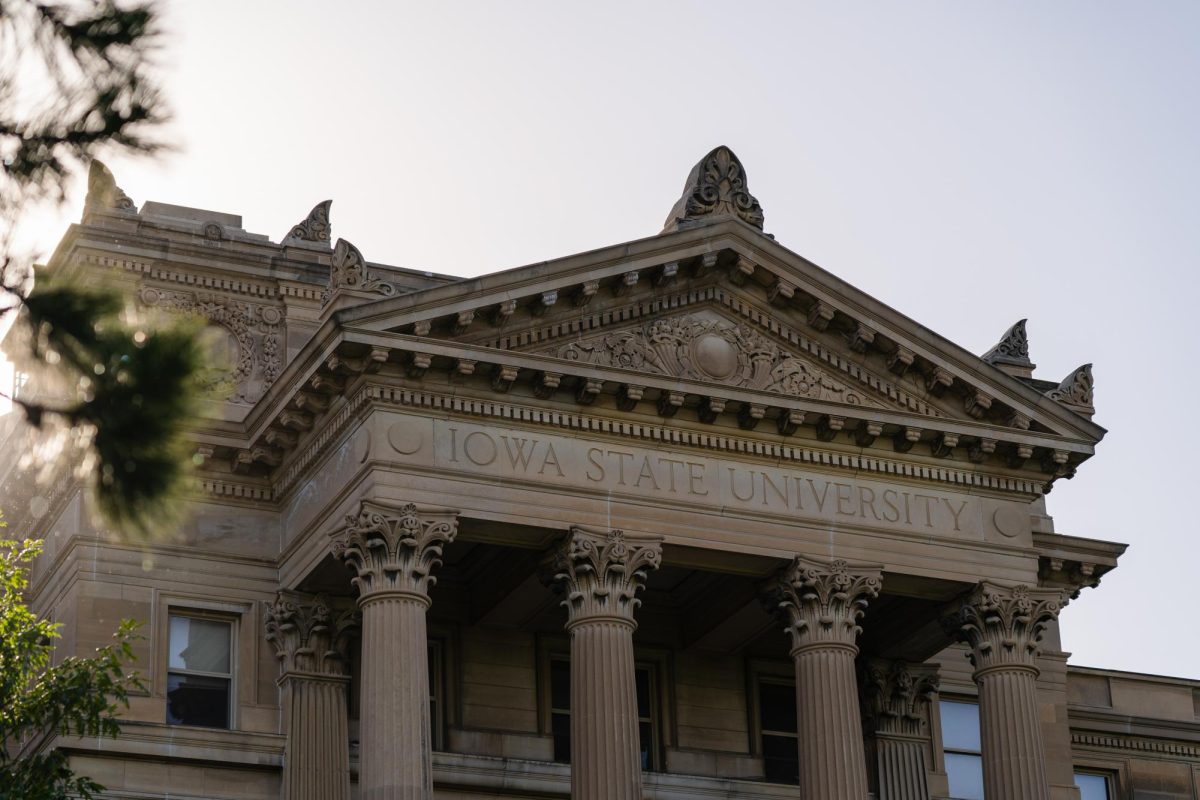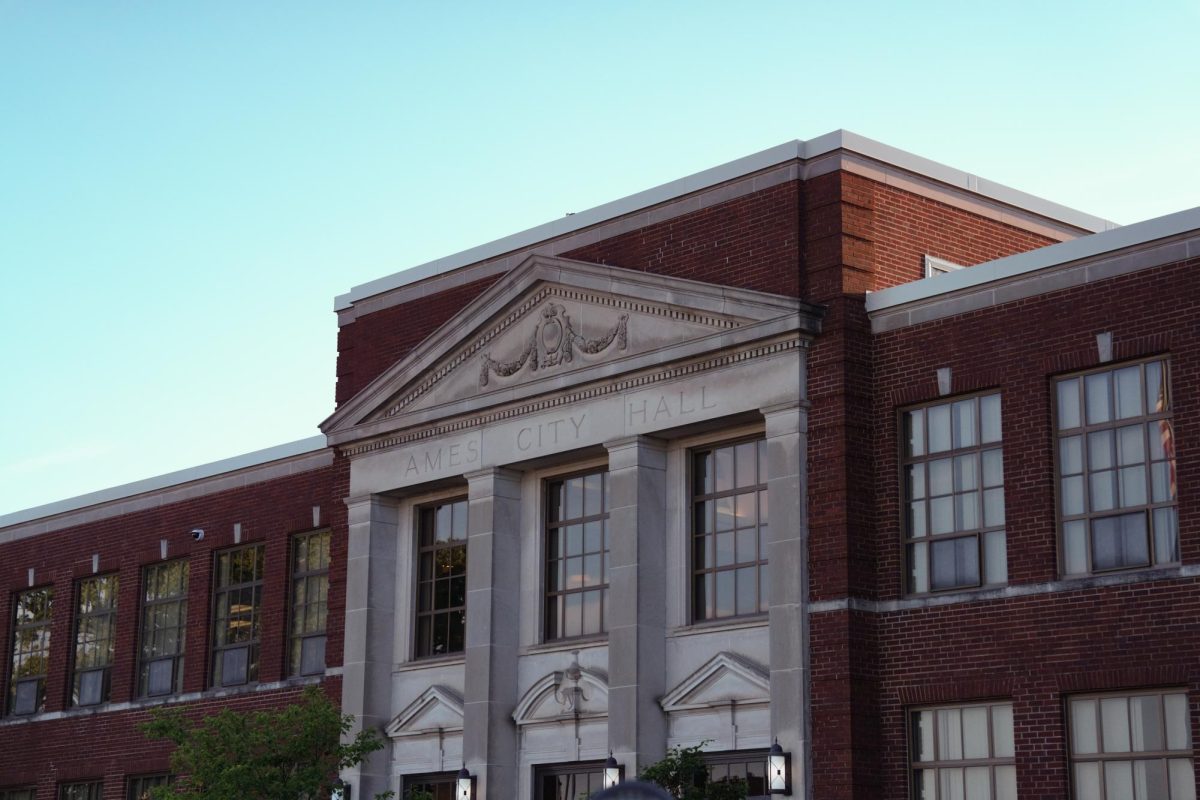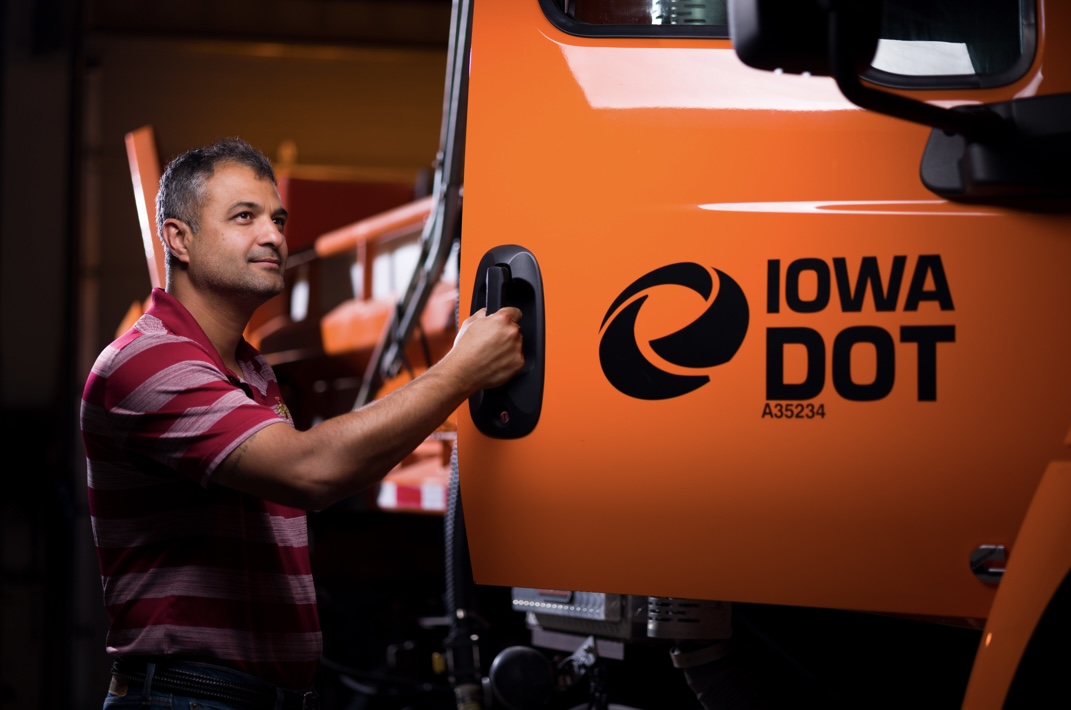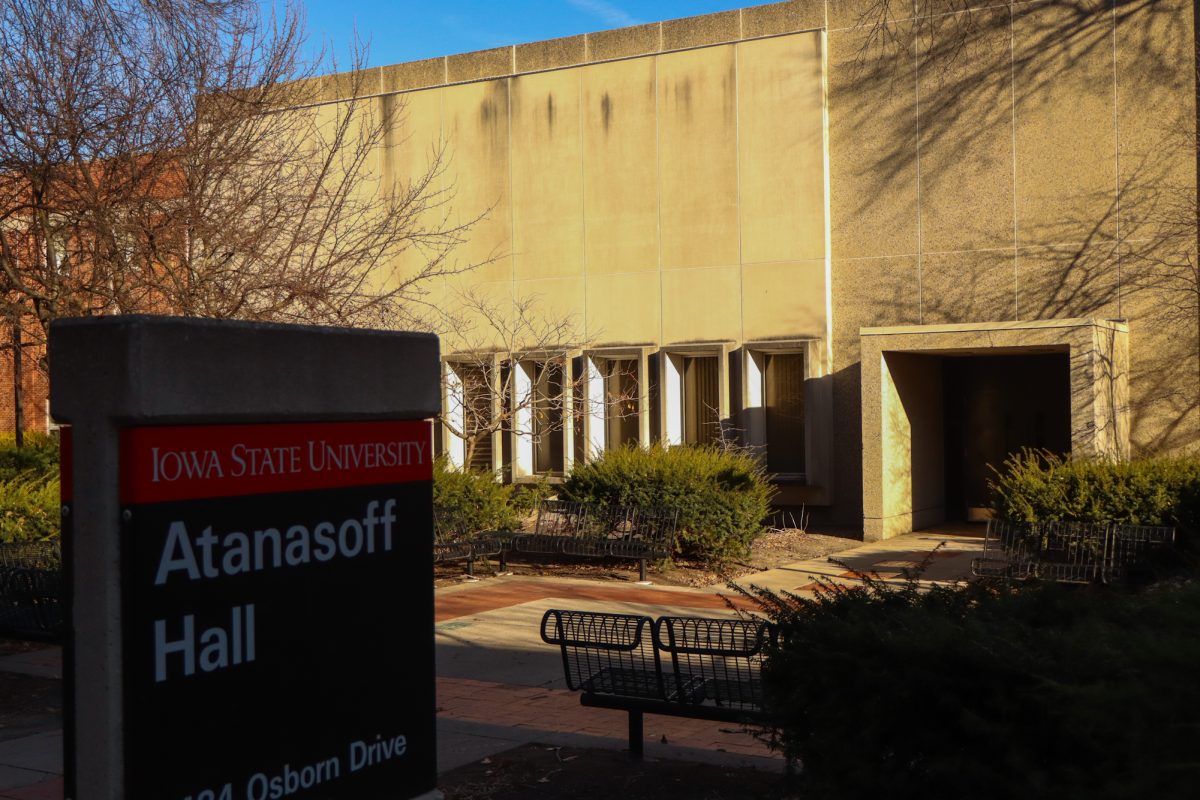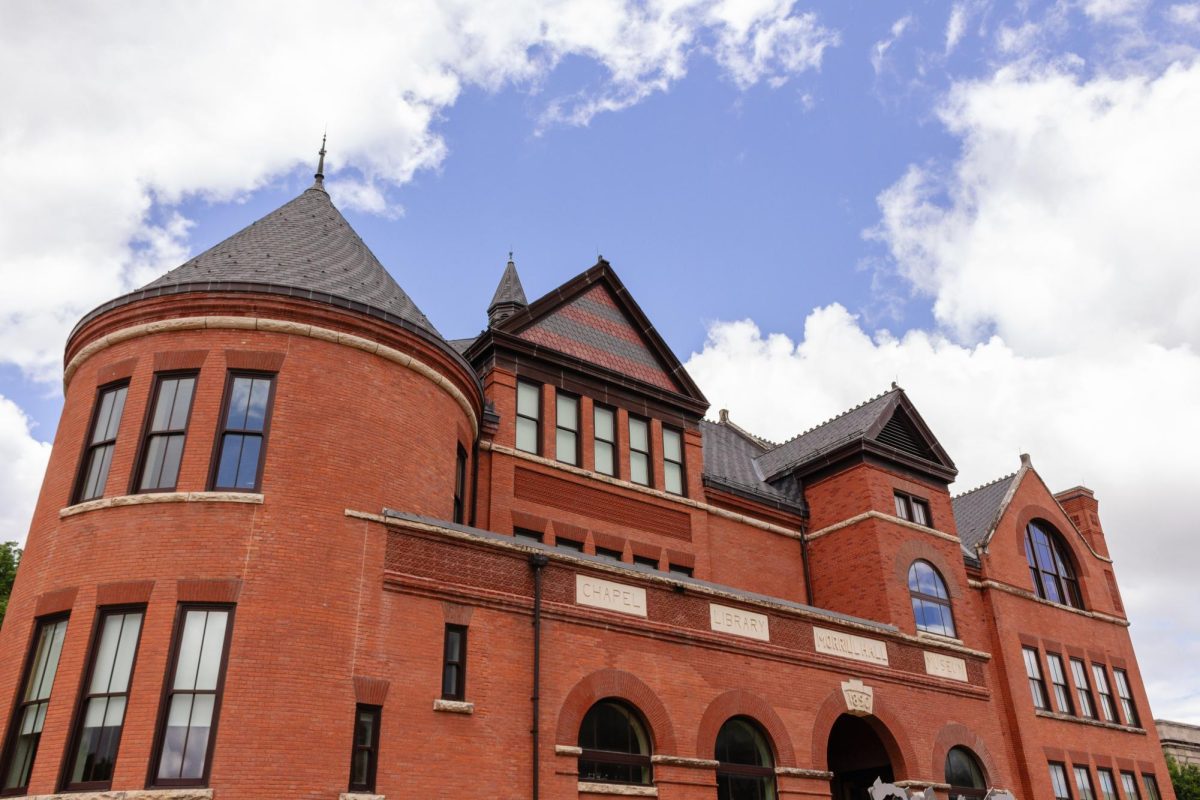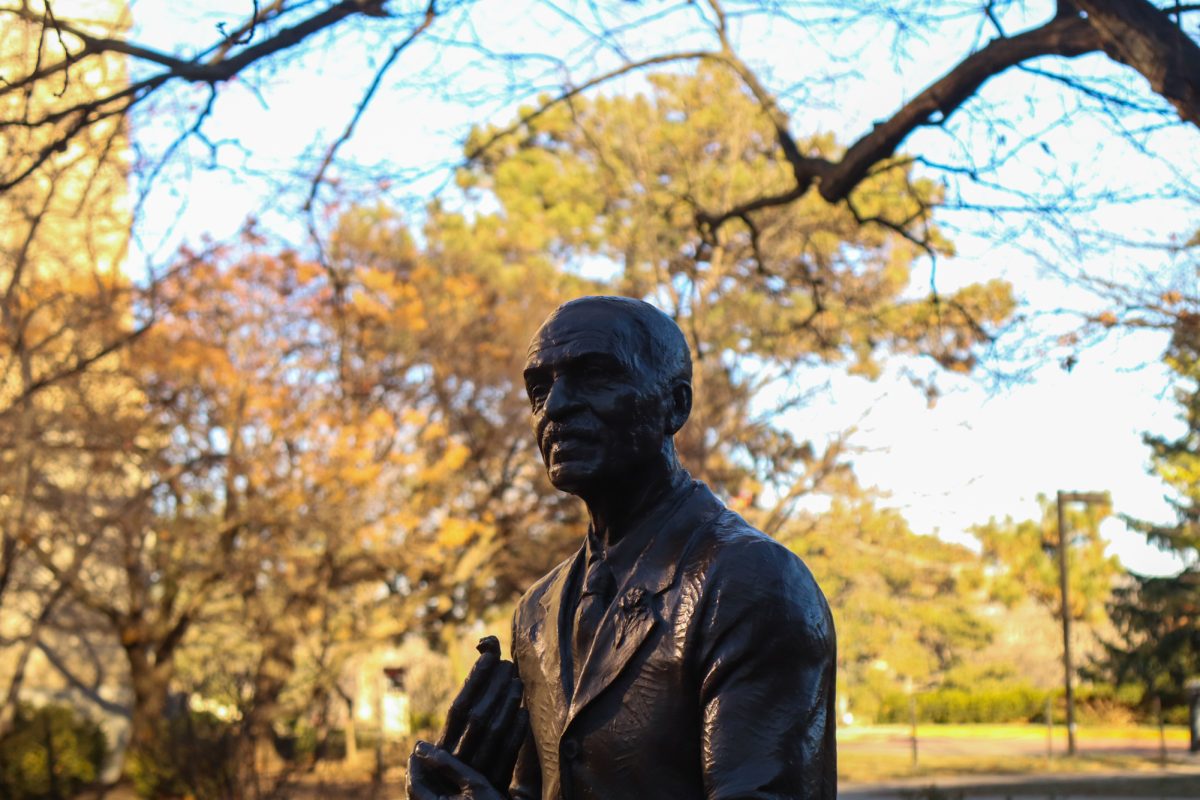An effective public-private partnership with Alliant Energy has led to the opening of a 10-acre solar farm located south of Iowa State’s main campus as a research site managed by both Alliant Energy and Iowa State researchers.
This multi-tiered project, known as ‘Leveraging a public-private partnership to address technical and socioeconomic factors of agrivoltaics system,’ began in Oct. 2023.
The project, funded by the U.S. Department of Energy (DOE), centers around “agrivoltaics,” an agricultural model that combines crop production with solar power generation. The goal is to test whether crops like vegetables and fruits can thrive under solar panels and, ultimately, to provide commercial growers with sustainable methods.
Ajay Nair, the recently appointed chair of the horticulture department, is the lead principal investigator of the project, balancing research, teaching and outreach roles while also working with Iowa’s commercial vegetable growers to optimize their production methods.
Within this farm, researchers are planting vegetables and fruits, supporting beekeeping efforts and studying the viability of growing crops under solar panels. In doing so, parameters like plant height, stem diameter and chlorophyll levels are measured, as well as evaluating yield and quality.
A collaborative team of Co-PIs manages the project, including contributors from departments such as horticulture, PPEM (plant pathology, entomology and microbiology), natural resource ecology and management, electrical and computer engineering and economics.
“Our team includes specialists across disciplines,” Nair said. “We have experts on fruit crops, entomology and energy production, each examining how agrivoltaics can work in a mixed-use setting.”
ISU graduate students Raymond Wilmes, Brooke Dietsch and Carl Bowling, focusing on vegetables, fruit and honeybees respectively, are some of the key contributors. Their perspectives and research efforts reflect the multi-tiered aspect of this research project.
Carl Bowling, a graduate student studying entomology, described the various tasks needed in this project.
“I have attached pollen traps to the colonies and collect pollen samples from the agrivoltaics location colonies,” Bowling stated in an email to the Daily. “This allows me to determine not only the mass of pollen they bring back, but also lets me analyze the DNA to determine which plants the honey bees were visiting (I can’t follow them all day!) This provides important information as to what plants the bees are visiting, which can confirm if they’ve been using plants found on our agrivoltaics site in an area dominated by corn and soy.”
Matthew O’Neal, a professor of entomology, leads the beekeeping aspect of the project, which produced its first batch of honey this year.
Additionally, Suzanne Slack, an assistant professor in the horticulture department, has been involved in the fruit crop studies of the project, with graduate student Brooke Dietsch alongside.
Beyond agricultural metrics, Anne Kimber and her team in electrical power research will evaluate how the system influences energy production from solar panels.
There is also an economic analysis to establish whether the agrivoltaic approach is financially viable for growers. According to Nair, it’s not enough to prove that crops can grow under panels – the method must also be cost-effective.
The research also examines how panel configurations affect crop growth. The farm has solar panels set at various heights and angles, including single-axis trackers and fixed panels. Some panels sit five or eight feet high, rotating to follow the sun, while others are 2 1/2 or five feet high, fixed in position.
These variations will help researchers identify how different panel heights and movements impact crop growth.
Crop growth in the open field is measured as a control to identify differences between traditional and agrivoltaic-style environments.
This setup will be replicated over multiple growing seasons to account for weather variation, with sensors tracking soil temperature, air temperature and light intensity. Current crops include broccoli, summer squash, bell peppers, strawberries, raspberries and grapevines, among others.
While vegetable harvests for the first year are complete, many aspects of the project are ongoing. Fruit crops like strawberries and grapes require more time to mature.
In addition to their core partners, the team also connects with local organizations, including the Iowa Specialty Crop Growers Association, Practical Farmers of Iowa and Global Greens, a Des Moines-based group supporting refugee farmers.
Alliant Energy, as a strategic partner, has played a key role in the implementation of this project. With support from Alliant, grower organizations and various collaborations, the team aims for a future where energy production and agriculture coexist, offering economic and environmental benefits to both communities and farmers.
“We’re excited to explore the possibilities and challenges of agrivoltaics, which holds great potential for sustainable agriculture in Iowa,” Nair said.
For more information, visit the Iowa State agrivoltaics website.


